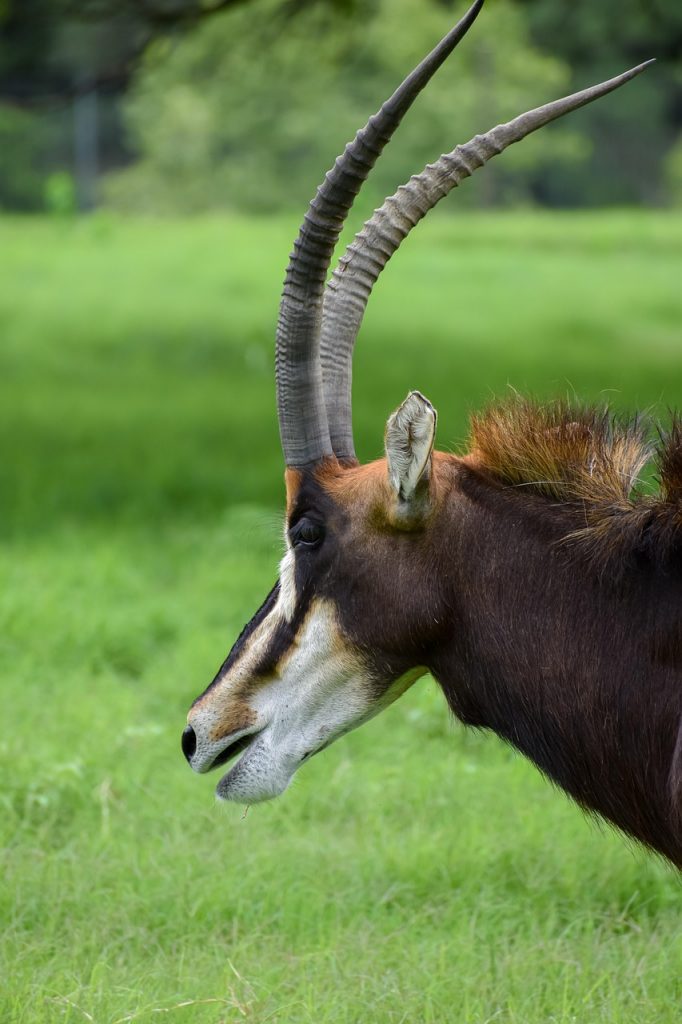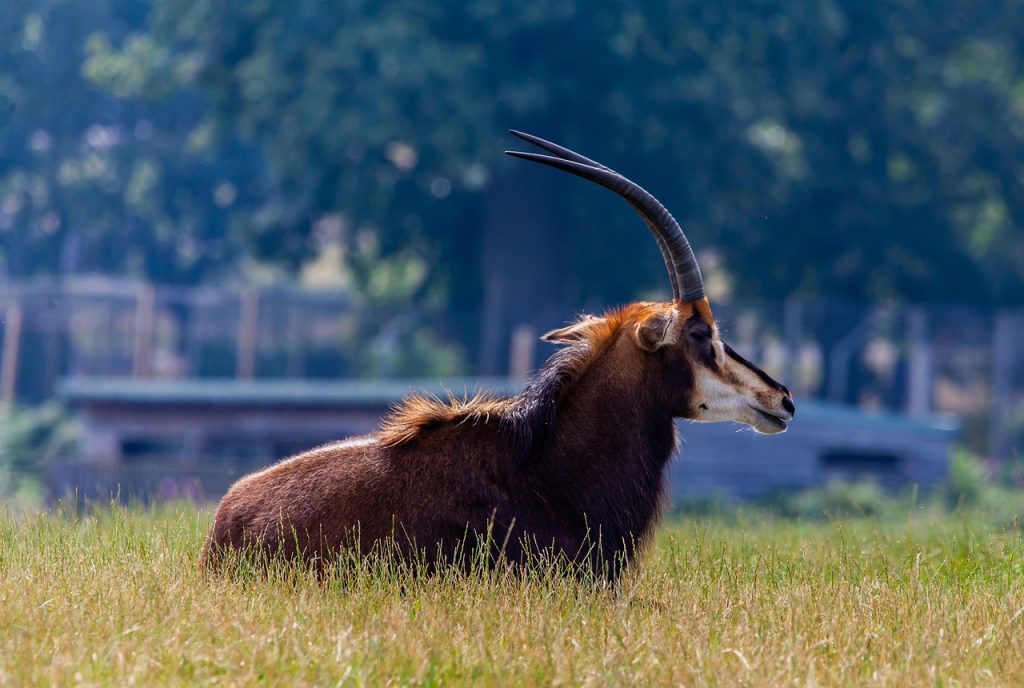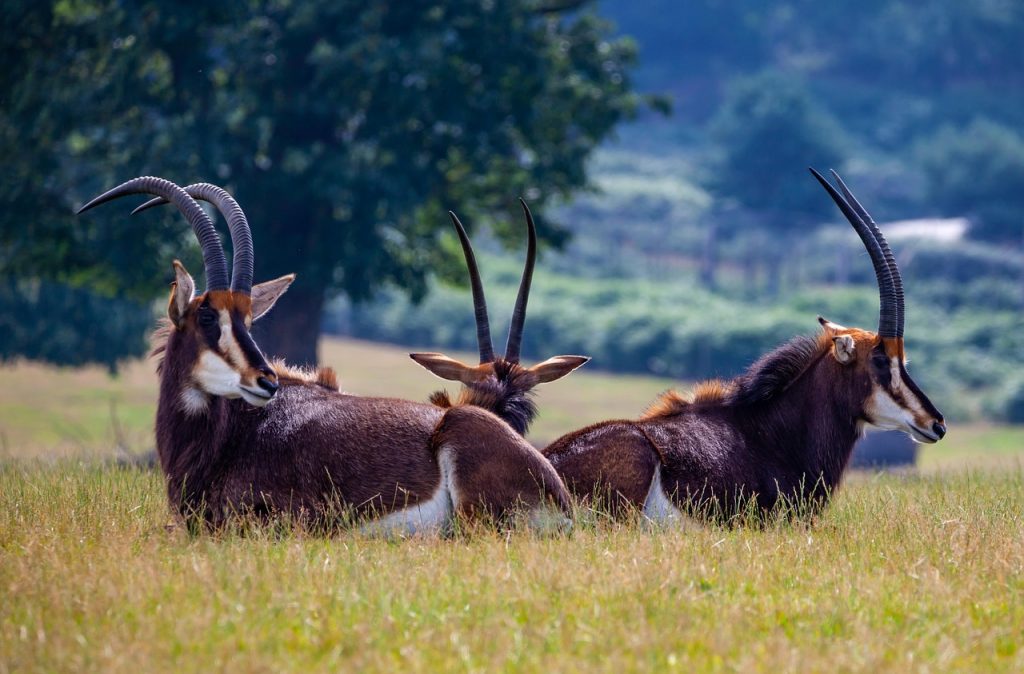If you’ve never heard of the sable antelope before, you’re not alone. The Kenyan coast boasts numerous attractions, including the beaches of Diani, the rich Swahili heritage, and seafood feasts by the ocean; it’s easy to miss others. But tucked away in the green highlands of Kwale County is a quiet, urgent story unfolding in one of the country’s lesser-known national reserves.
Today, Kendirita Tours invites you to explore Shimba Hills, home to Kenya’s last remaining population of the sable antelope—a species so rare that fewer than 60 individuals remain in the wild today.
A Rare Beauty on the Brink

The sable antelope is quite simply breathtaking. The males are a deep, glossy black with long, curved horns that sweep back like a crown. The females, slightly smaller, are a rich chestnut brown. Both have white facial markings and a proud, upright posture that gives them an almost royal air. But despite their commanding presence, their numbers have quietly dwindled over the decades.
Once widespread along Kenya’s coastal forests and grasslands, the sable antelope is now confined to only one stronghold: The Shimba Hills National Reserve.
What Happened to the Sable Antelope?

The story of the decline of the sable is sadly familiar. Habitat loss, poaching, snaring, and prolonged drought have all led to their decline. Their shrinking range has also caused inbreeding, further weakening the population.
In the 1960s, roughly 250 sable antelopes roamed the Shimba Hills. Today, that number has dropped to under 60. Although the species is not considered endangered globally, the Kenyan population is critically at risk. And that’s why their plight deserves more attention.
A Plan to Reverse the Decline

In early 2024, a 10-year Sable Antelope Recovery Action Plan was launched to restore their numbers and preserve their habitat. Backed by the Ministry of Tourism, Kenya Wildlife Service (KWS), and local county leadership, the plan includes:
- Reinforcing the park’s fencing to protect against human and livestock encroachment
- Improving access to water for wildlife during dry seasons
- Increasing anti-poaching patrols and snare removal efforts
- Engaging local communities in conservation and offering compensation for wildlife damage
- Exploring the reintroduction of sable antelopes in other parts of their former range
With an estimated KES 300 million already committed, the conservation work is currently ongoing.
Planning Your Visit to Shimba Hills
Getting there: From Mombasa, cross the Likoni Ferry and drive inland through Kwale town. Shimba Hills is less than two hours away.
What else to see: In addition to the sable antelopes, you’ll also find forest elephants, colobus monkeys, and over 100 species of butterflies. There are also scenic walking trails leading to waterfalls with views of the Indian Ocean.
Where to stay: The KWS offers simple bandas (Swahili cottages) within the reserve, fitted with indoor kitchenettes, hot showers, toiletries, and most modern comforts. Staying overnight gives you a better chance of spotting wildlife in the early mornings or late evenings.
In closing
The next time you think of heading to the coast, please consider making a detour into Shimba Hills. It’s your chance to explore one of Kenya’s most serene reserves—and to be part of the effort to protect the last sables of the country. Reach out to Kendirita anytime, and we’ll be honoured to take you there.
Writer: Winnie Wekesa
